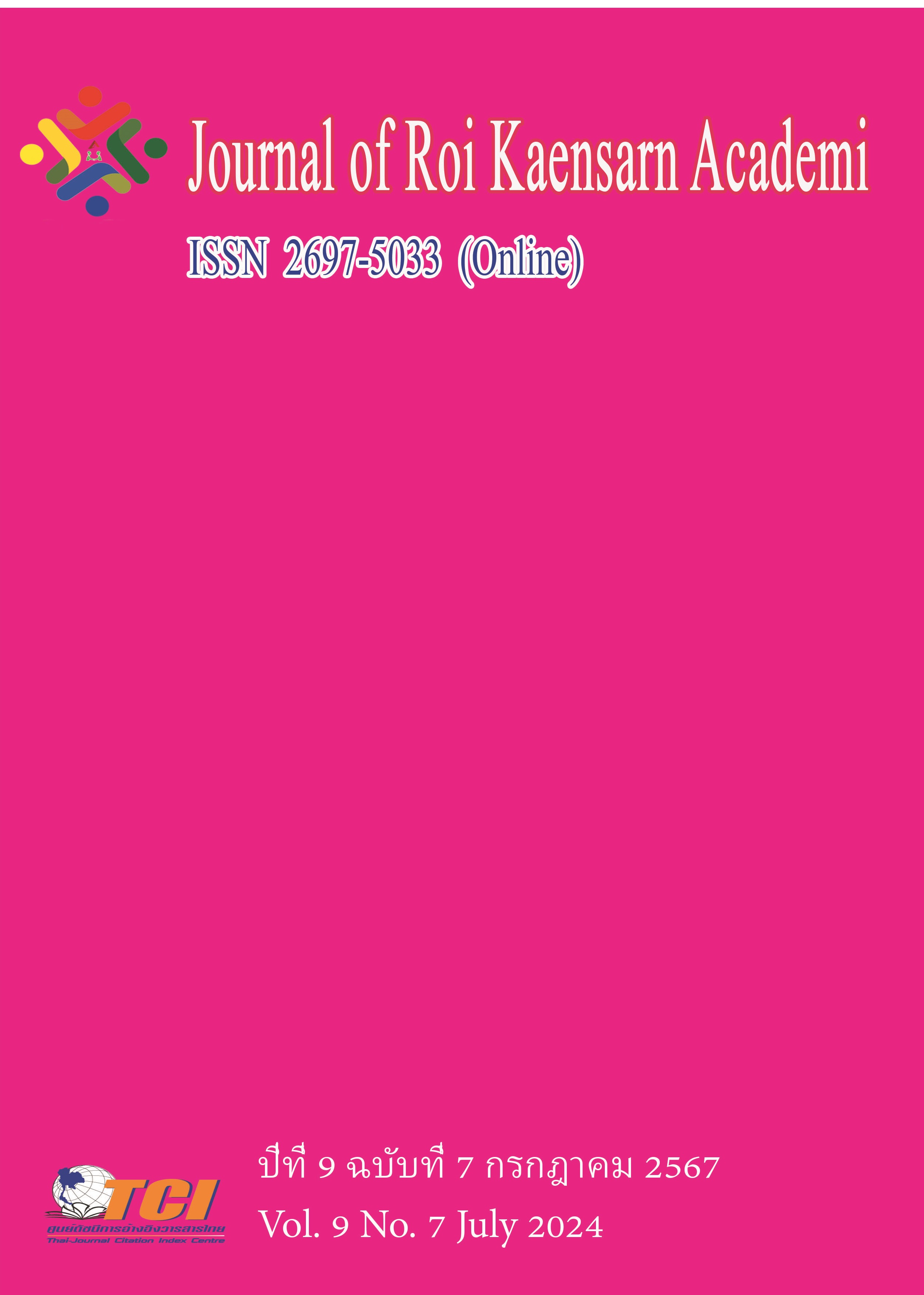The Research on the Identification of Accomplice Liability in Telecommunications Network Fraud Crimes
Main Article Content
บทคัดย่อ
As a new type of criminal method, telecommunications network fraud is developing rapidly and has a serious impact on people's lives and property security. This type of crime relies on network science and technology, affects a wide range, defrauds victims of large amounts of money, and is highly harmful to society. Due to its strict organizational structure, clear management levels, and large number of participants, it is difficult to convict and sentence the perpetrators in the joint crime of telecommunications network fraud. From the perspective of common crime, this article summarizes and defines the common crime of telecommunications network fraud, and analyzes its characteristics. Telecom network fraud is basically committed as a joint crime, and its accomplice structure is complex. It needs to be analyzed from the perspective of the joint criminal organization form, and the liability of the accomplice is determined accordingly.
It was found that the content of judicial interpretations has certain limitations, making it difficult to systematically identify the emerging common crimes of telecommunications and network fraud, and sometimes it is difficult to clarify its legal principles. This article provides a comprehensive perspective on the study of accomplice liability in telecommunications network fraud crimes, covering the characteristics of the crime, the form of joint crime, the legal basis, and its challenges and problems in judicial practice.
Article Details
เอกสารอ้างอิง
Zhong Jiansheng, Tan Liang. (2023). Qualification of helping with withdrawals in telecommunications network fraud crimes [J]. Journal of Wuhan Public Security Cadre College. 37 (02), 42-46.
Shan Chenglin. (2022). Identification of knowing accomplices in telecommunications network fraud crimes [J]. China Prosecutor. (09), 11-14.
Wen Deng, Guangjun Liang, Chenfei Yu, Kefan Yao, Chengrui Wang & Xuan Zhang. (2023). An Early Warning Model of Telecommunication Network Fraud Based on User Portrait. Computers, Materials & Continua (1).
Chen, J., & Liu, Y. (2023). Analysis of contact methods in telecommunications network fraud cases. Journal of Criminal Investigation. 12 (3), 45-52.
Gao, M., & Chang, M. (2016). Criminal Law. Beijing: Law Press China.
Li, H., & Wang, S. (2022). Trends and characteristics of online fraud crimes in China. Crime Research. 8 (2), 112-121.
Wang, L., Zhang, M., & Chen, T. (2022). The development and prevention of cybercrime in China. Chinese Journal of Criminology. 15 (4), 78-89.
Xu, G., & Zhao, L. (2021). A survey of fraud crimes in China based on judicial big data. Legal Science. 39 (5), 22-31.
Zhang, Y., Liu, J., & Wang, H. (2021). The evolution and countermeasures of telecommunications network fraud in the era of big data. Journal of Public Security Science and Technology. 18 (3), 55-63.

